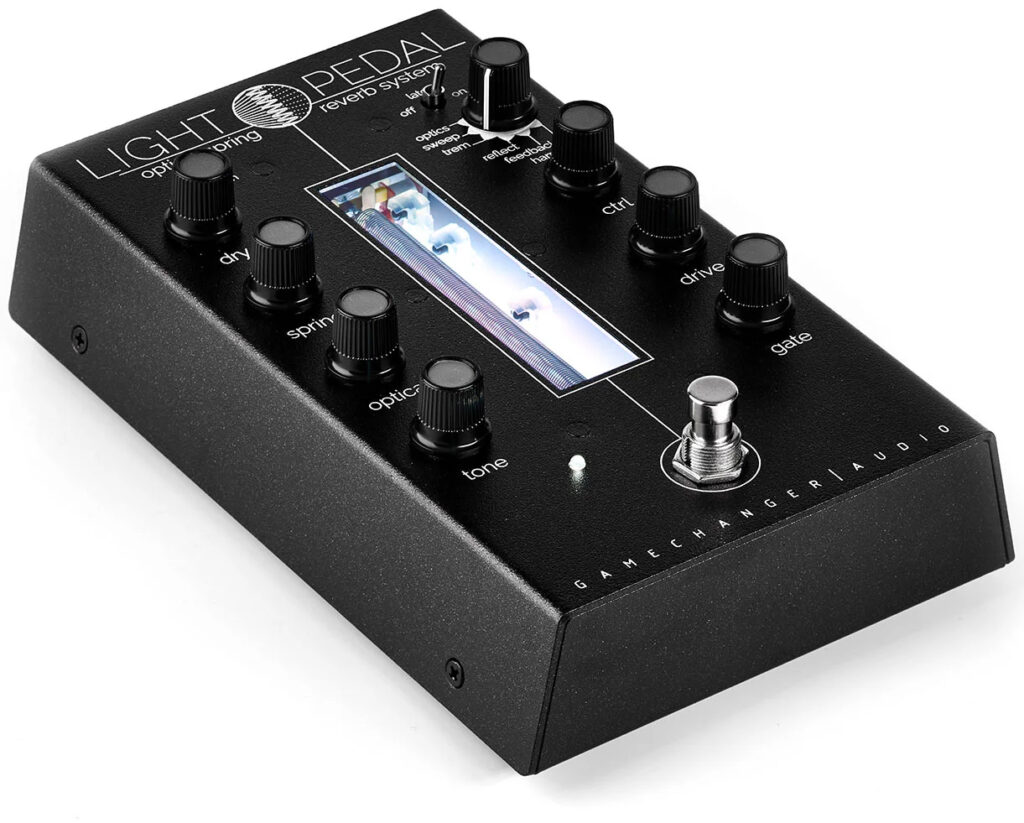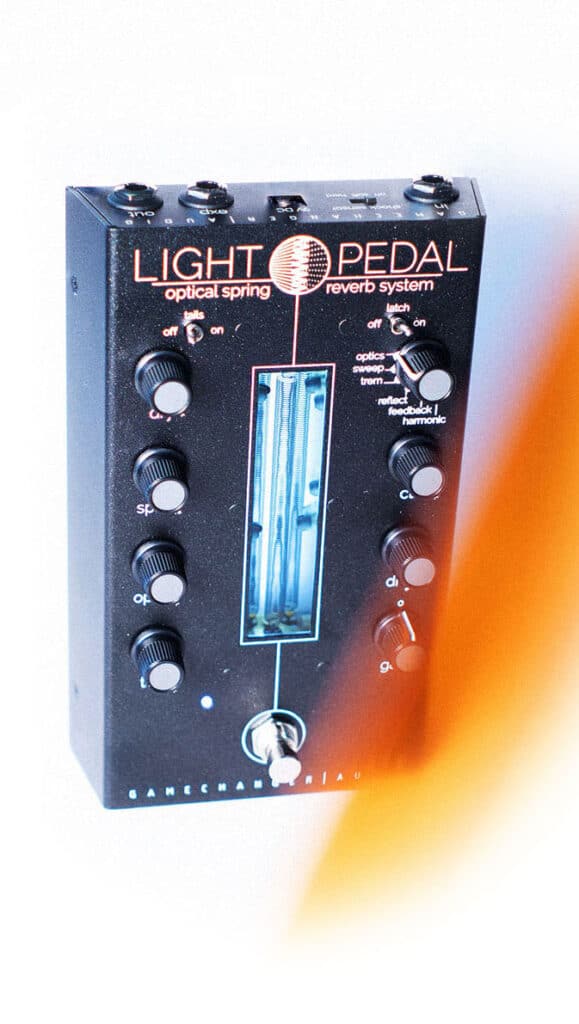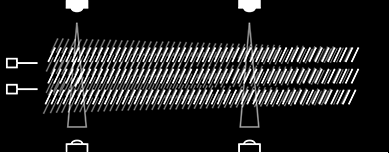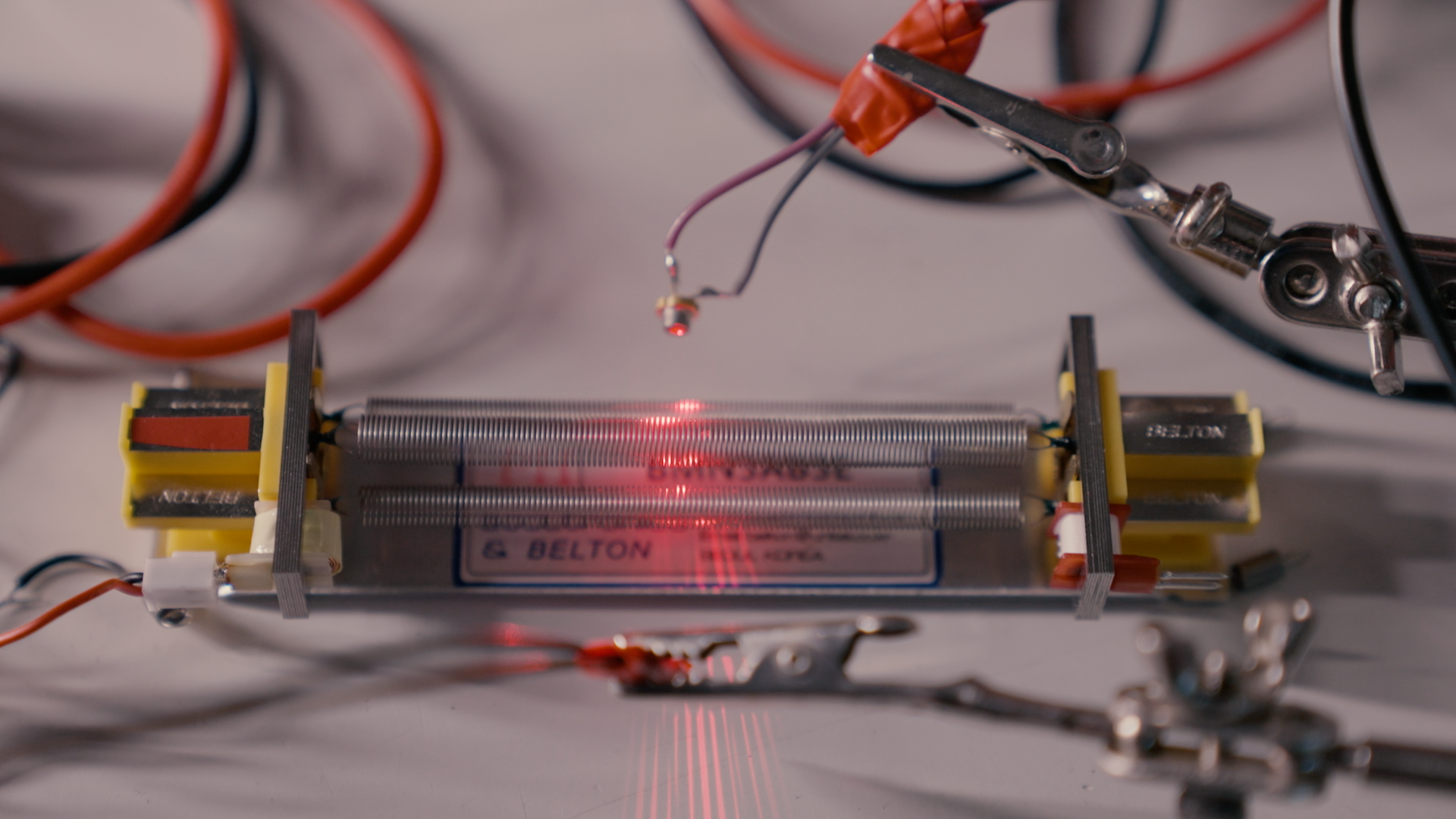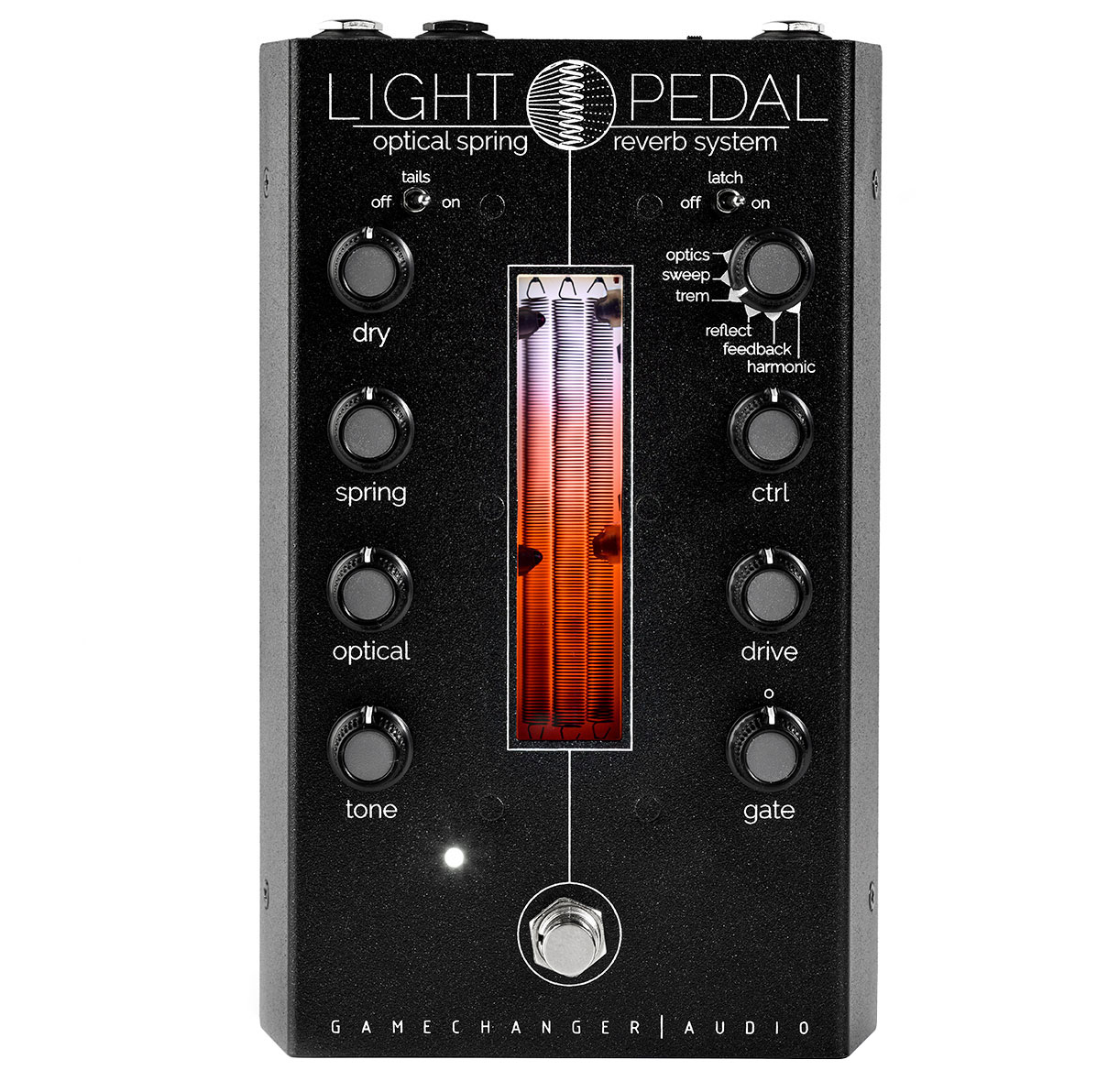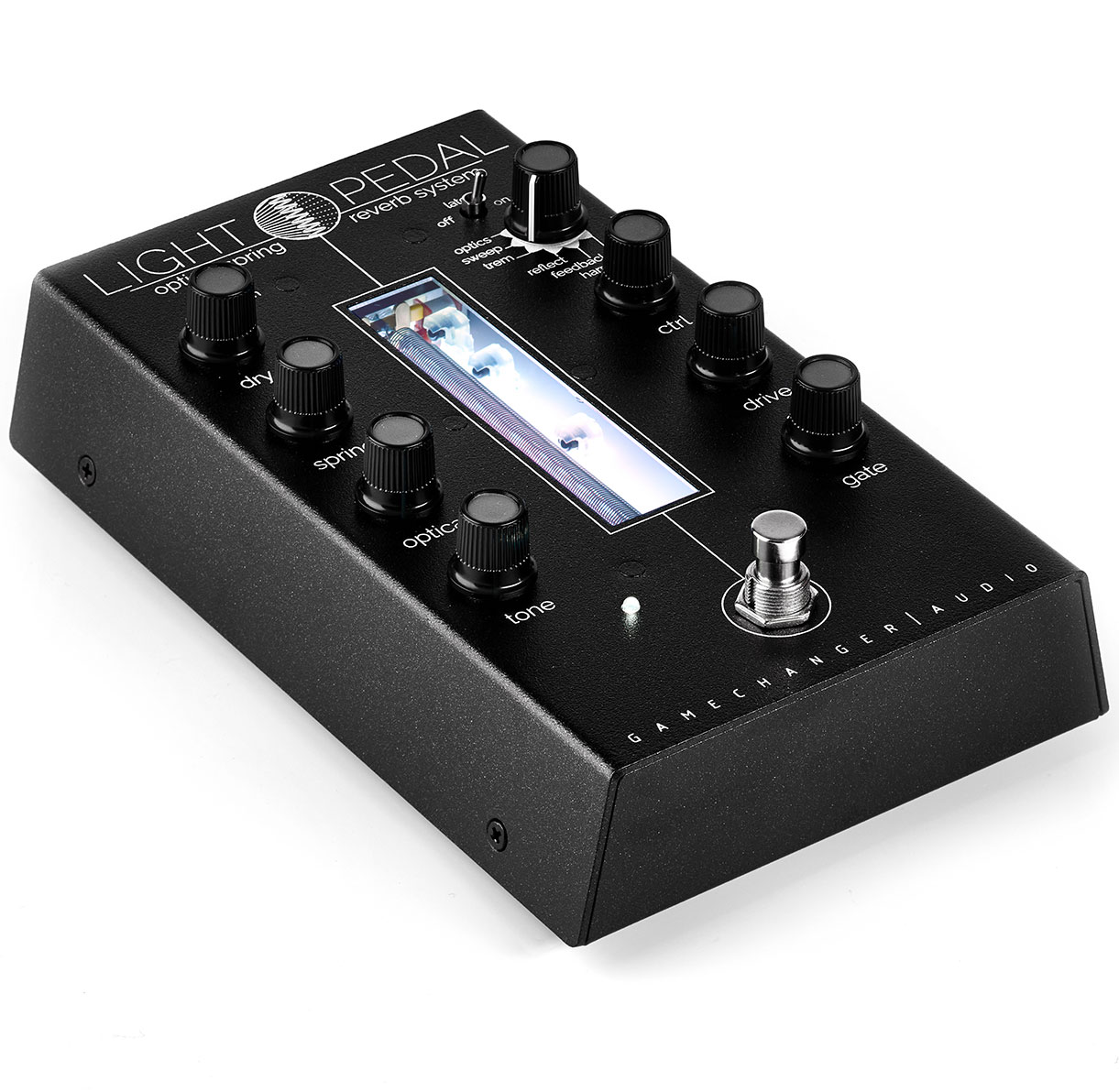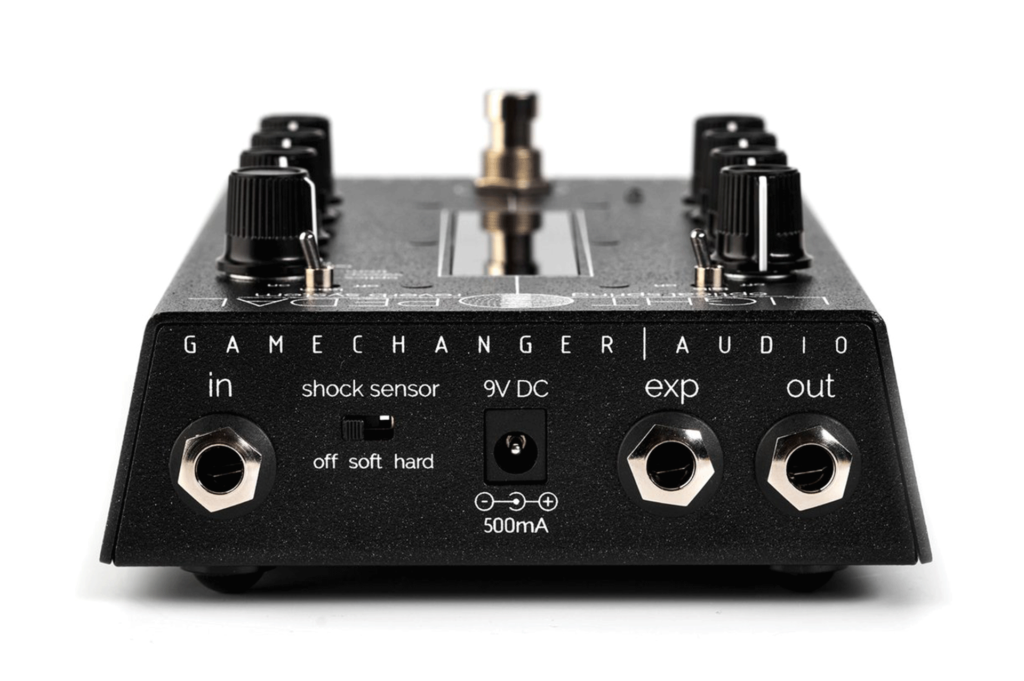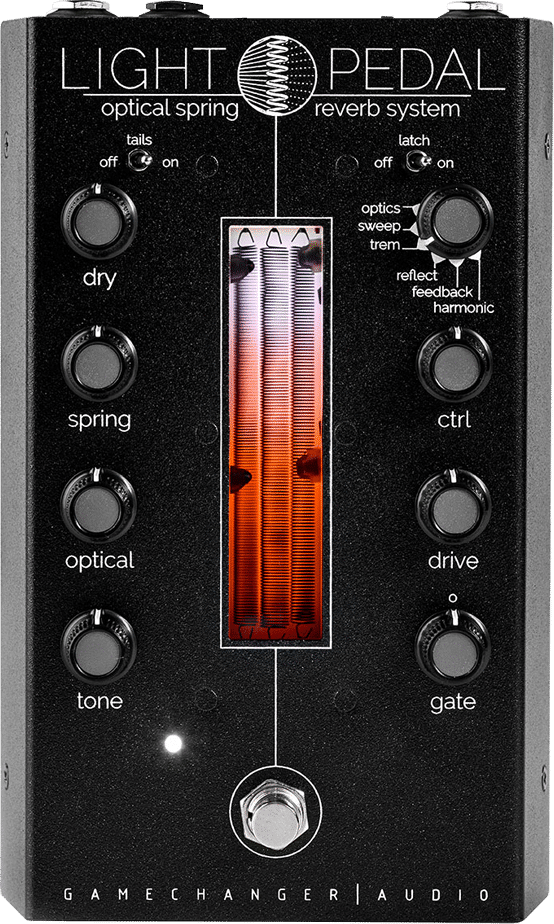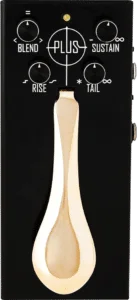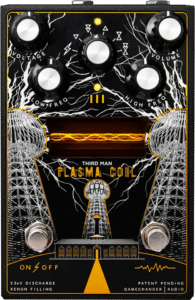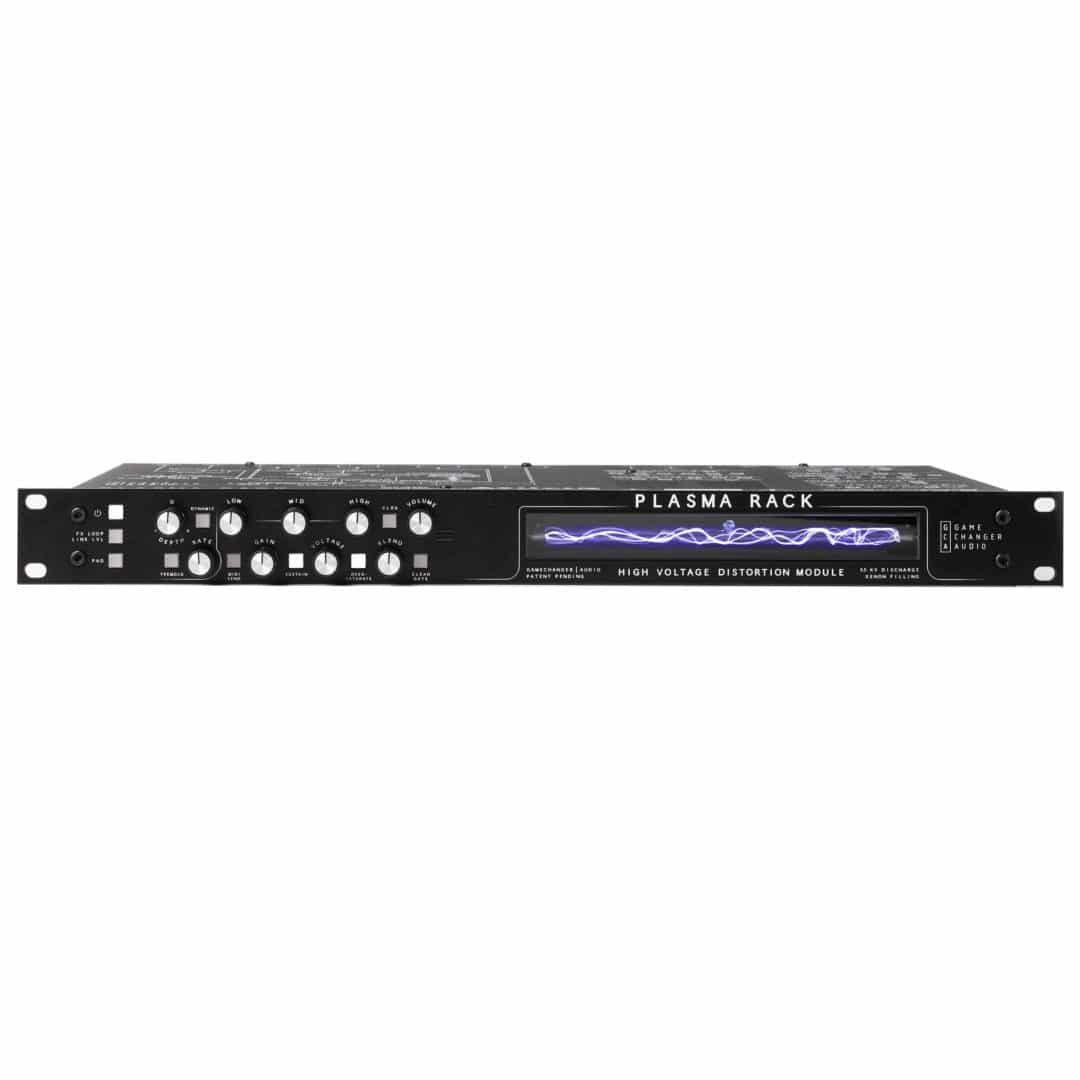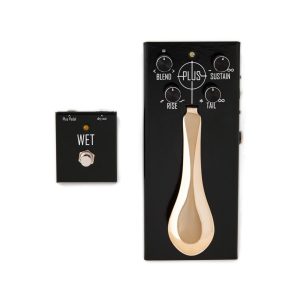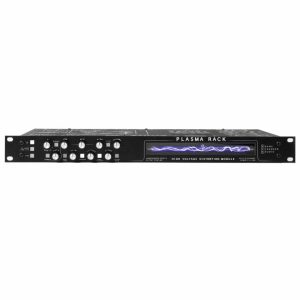reflect: a lo-fi delay algorithm that sends multiple repeats of the instrument’s signal back into the spring tank. The CTRL knob adjusts the delay time parameter. Holding the footswitch and using CTRL adjusts the optical sensor.
feedback: a special circuit that causes the spring tank to self-oscillate. The CTRL knob adjusts the central pitch of the feedback loop.
harmonic: a shimmer-style reverb effect achieved by exciting specific harmonics of the spring tank. The CTRL knob adjusts the target frequency of the effect.
These effects can be used to create soundscapes, drones and ambient layers, and they are particularly effective when used with the footswitch in momentary mode.
